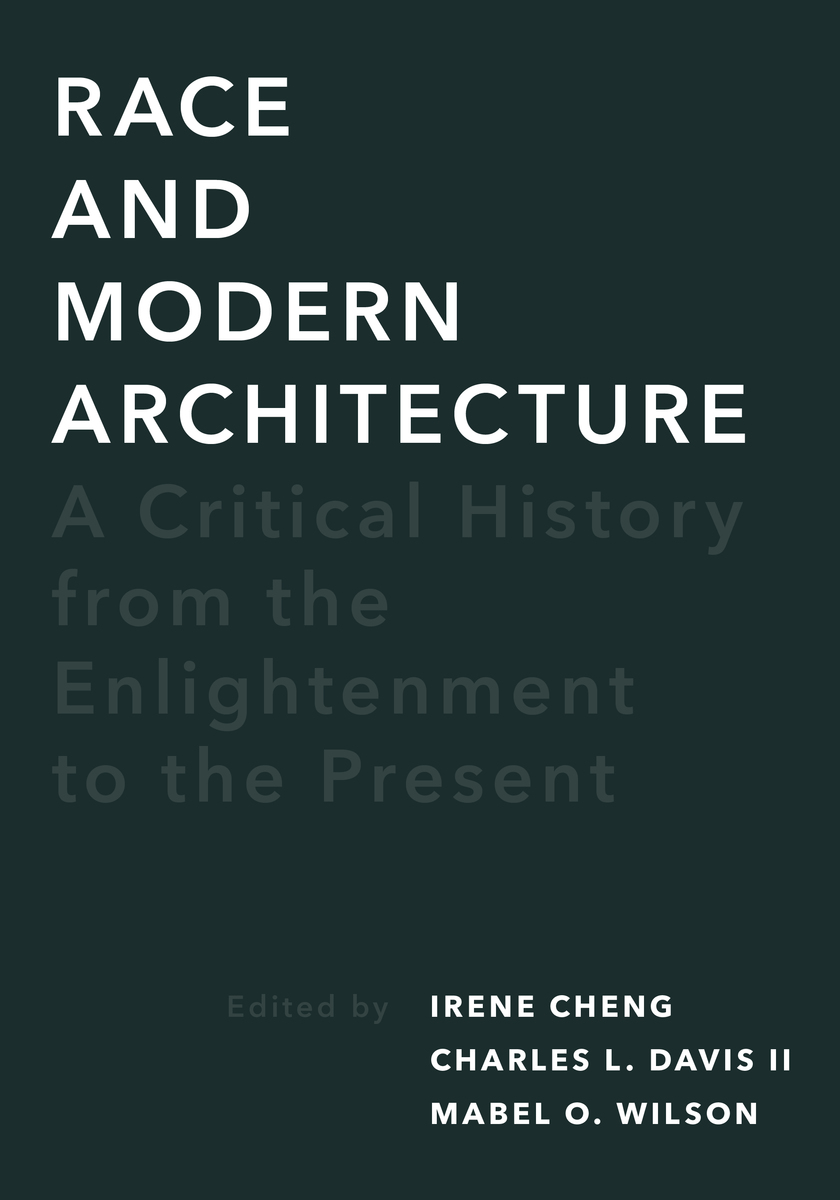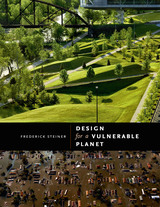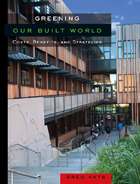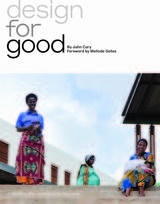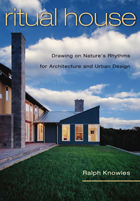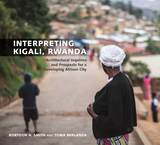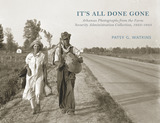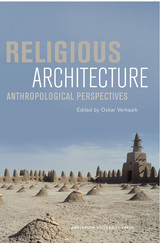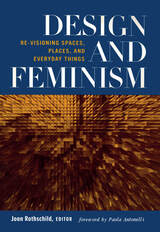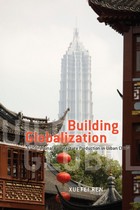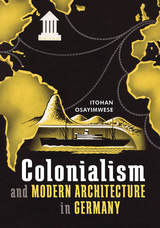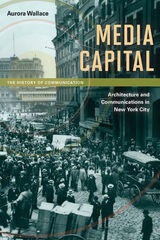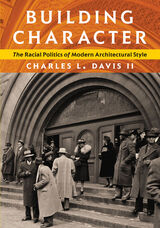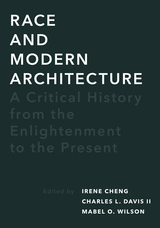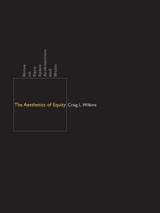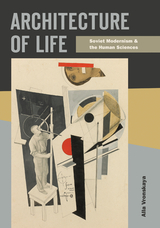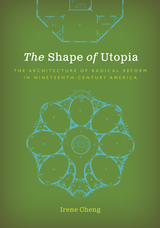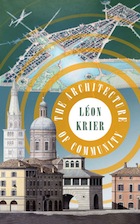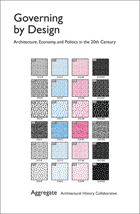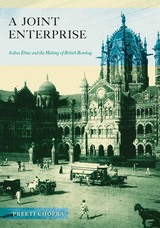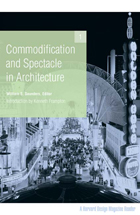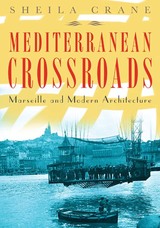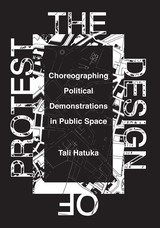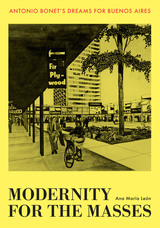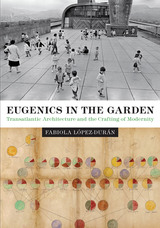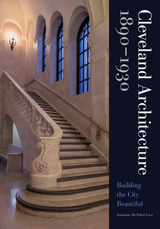Race and Modern Architecture: A Critical History from the Enlightenment to the Present
University of Pittsburgh Press, 2020
Paper: 978-0-8229-6659-3 | Cloth: 978-0-8229-4605-2 | eISBN: 978-0-8229-8741-3
Library of Congress Classification NA2543.R37R33 2020
Dewey Decimal Classification 720.89
Paper: 978-0-8229-6659-3 | Cloth: 978-0-8229-4605-2 | eISBN: 978-0-8229-8741-3
Library of Congress Classification NA2543.R37R33 2020
Dewey Decimal Classification 720.89
ABOUT THIS BOOK | AUTHOR BIOGRAPHY | REVIEWS | TOC | REQUEST ACCESSIBLE FILE
ABOUT THIS BOOK
Although race—a concept of human difference that establishes hierarchies of power and domination—has played a critical role in the development of modern architectural discourse and practice since the Enlightenment, its influence on the discipline remains largely underexplored. This volume offers a welcome and long-awaited intervention for the field by shining a spotlight on constructions of race and their impact on architecture and theory in Europe and North America and across various global contexts since the eighteenth century. Challenging us to write race back into architectural history, contributors confront how racial thinking has intimately shaped some of the key concepts of modern architecture and culture over time, including freedom, revolution, character, national and indigenous style, progress, hybridity, climate, representation, and radicalism. By analyzing how architecture has intersected with histories of slavery, colonialism, and inequality—from eighteenth-century neoclassical governmental buildings to present-day housing projects for immigrants—Race and Modern Architecture challenges, complicates, and revises the standard association of modern architecture with a universal project of emancipation and progress.
See other books on: Architecture and society | Architecture, Modern | Enlightenment | Modern (late 19th Century to 1945) | Present
See other titles from University of Pittsburgh Press
